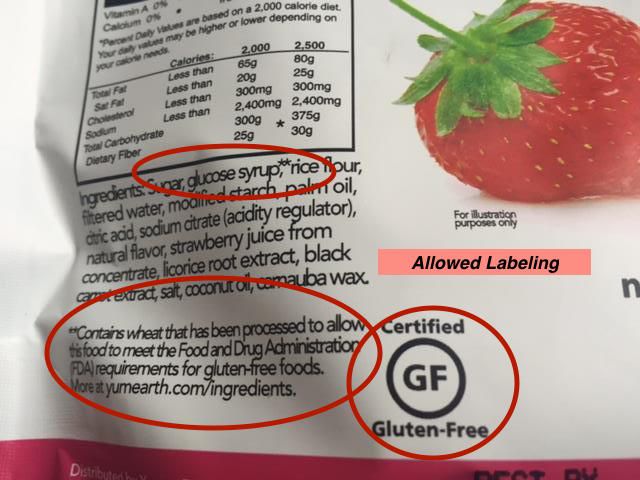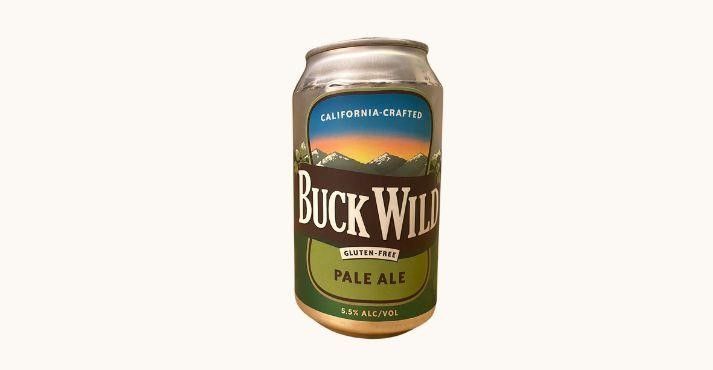Gluten is a protein found in wheat, barley, and rye that can cause health issues for people with gluten intolerance or celiac disease. Avoiding gluten can be challenging, as it is often hidden in many processed foods. Food labels are an essential tool for identifying gluten-containing ingredients and making informed choices about what you eat.
Understanding Gluten and Its Effects
Gluten intolerance, also known as celiac disease, is a condition in which the immune system reacts to gluten, damaging the lining of the small intestine. This can lead to various symptoms, such as bloating, diarrhea, fatigue, and weight loss. For those with gluten sensitivity, avoiding gluten-containing foods is crucial for managing their condition and maintaining good health.
Key Terms to Look For
When reading food labels, it’s essential to know what terms to look for that indicate the presence of gluten. While wheat, barley, and rye are obvious sources of gluten, there are other ingredients and additives that may contain gluten. Look out for the following terms on food labels:
Wheat
Barley
Rye
Bulgur
Couscous
Farina
Spelt
Seitan
Freekeh
Hidden Sources of Gluten
Gluten can also hide in ingredients that you might not expect. Here are some common sources of hidden gluten to be aware of when reading food labels:
Modified food starch
Hydrolyzed vegetable protein
Maltodextrin
Caramel color
Natural flavors
Hydrolyzed plant protein
Reading Food Labels
When shopping for gluten-free products, always check the food labels for any of the gluten-containing ingredients mentioned above. Look for products that are specifically labeled as gluten-free to ensure they are safe for consumption. Keep in mind that manufacturers are required by law to disclose any major allergens, including wheat, on their labels.
Additional Tips
Here are some additional tips for reading food labels for hidden gluten ingredients:
Be wary of cross-contamination. Some products may be processed in facilities that also handle gluten-containing ingredients.
Look for gluten-free certifications on products to guarantee their safety.
When in doubt, contact the manufacturer for clarification on specific ingredients.
Conclusion
Reading food labels for hidden gluten ingredients is a crucial step in managing gluten sensitivity and celiac disease. By familiarizing yourself with common sources of gluten and knowing what terms to look for on labels, you can make informed choices about the foods you eat. Remember to always prioritize your health and safety by selecting gluten-free products and verifying their ingredients before consumption.


